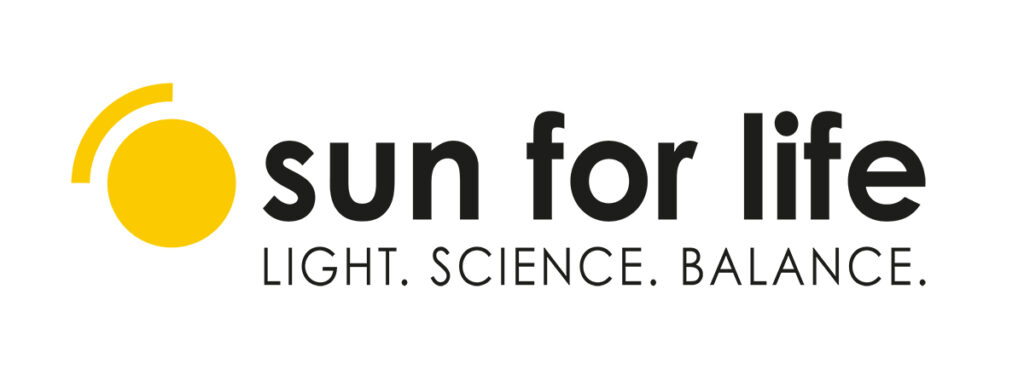In daily weather forecasts, you may increasingly notice a value called the UV Index – alongside temperature, cloud cover, or wind speed. This growing visibility reflects rising awareness of how ultraviolet (UV) radiation impacts our health. But what exactly is the UV Index?
What does that mysterious number next to the sun symbol with an exclamation mark mean? How should we interpret it, and why is it worth paying attention to – not just during summer beach holidays, but also in spring, autumn, or even winter in the mountains?
What Is the UV Index?
The UV Index is an international standard developed by the World Health Organisation (WHO), the World Meteorological Organisation (WMO) and other institutions. It measures the intensity of ultraviolet radiation (mainly UVB) reaching the Earth’s surface and indicates how strong the sun is in terms of the risk of skin damage.
Higher values mean more intense UV exposure and a greater risk of sunburn. Simply, the higher the index, the shorter the safe time in the sun. The scale is linear: double the UV Index means half the time to burn. (Example: If someone starts to burn after 40 minutes at a UV Index of 5, they may burn in just 20 minutes at a UV Index of 10.)
The UV Index typically ranges from 0 to 11+, where:
- 0–2 means very low risk,
- 3–5 moderate,
- 6–7 high,
- 8–10 very high,
- 11+ extreme.

What do UV index levels mean?
0–2 – Low – Safe. No protection needed.
3–5 – Moderate – Seek shade around midday. Consider a hat.
6–7 – High – Wear protective clothing, hat, UV sunglasses, and SPF 30+ sunscreen when exposed longer.
8–10 – Very high – Avoid the sun between 11 a.m. and 3 p.m. Use full protection. Risk of sunburn in 15–25 minutes.
11+ – Extreme – Avoid prolonged exposure. Sunburn possible in less than 15 minutes depending on skin type. Full protection required.
How and where to check the UV Index?
The UV Index changes throughout the day and depends on factors like weather, season, latitude, altitude, and reflectivity (e.g. snow, water, sand). That’s why it’s important to check the UV forecast daily, just like temperature or rain. Useful tools and apps:
- UVIndex.today
- Mobile Apps: UVLens, QSun, UVIMate
- Google Weather, Apple Weather
- AccuWeather.com
It’s especially important if you’re planning outdoor activities, sunbathing, or if you have sensitive skin.
Below we are presenting example results coming from different countries in the world such as: Sweden, UK, India, Greece, USA-Alaska, Thailand – look how it changes depending on geographical location (as of today – 17th June 2025):






The UV Index and Healthy Sun Exposure
Contrary to popular belief, the UV Index isn’t just a warning system – it’s a tool for healthy lifestyle decisions. Moderate sun exposure, especially at UV Index levels between 3–5, can:
- support vitamin D production,
- improve mood and circadian rhythm,
- benefit the immune and hormonal systems.
The key is conscious exposure: choosing the right time of day (morning or late afternoon), adjusting duration, and using protection based on your skin type.
The standard UV Index does not apply when using a tanning bed (according to WHO). In tanning cabins, the levels of UVB and UVA radiation are measured and regulated according to technical standards and legal regulations.
UV Index: myths and facts
MYTH 1: If the sky is cloudy, the UV Index is low.
FACT: Even with thin clouds, UV levels can be high – clouds scatter radiation but do not completely block it.
MYTH 2: The UV Index is only a concern in southern Europe.
FACT: In Poland, summer UV levels reach 7–8, and even 9+ in the mountains, which means high or very high risk.
MYTH 3: The higher the UV Index, the better for vitamin D.
FACT: Vitamin D production is triggered already at UV Index 3–4. Very high UV increases the risk of sunburn.
MYTH 4: The UV Index only applies to tanning.
FACT: UV also affects the eyes (risk of cataracts), skin (photoaging), and the immune system. Protection is important even in the city during prolonged exposure.
Summary
The UV Index is a practical, daily tool that helps you enjoy the sun mindfully – not avoiding it, but also not overexposing yourself unnecessarily. Conscious sun exposure isn’t a trend – it’s part of a healthy lifestyle, just like balanced nutrition or regular movement.
We remind you: The sun is life. The UV Index is your compass – check it every day and use the power of light wisely.
Sources:
– World Health Organization. Global Solar UV Index: A Practical Guide, WHO/SDE/OEH/02.2, 2002
– European Commission. Recommendation of 22 September 2006 on the efficacy of sunscreen products and related claims
– GrassrootsHealth
